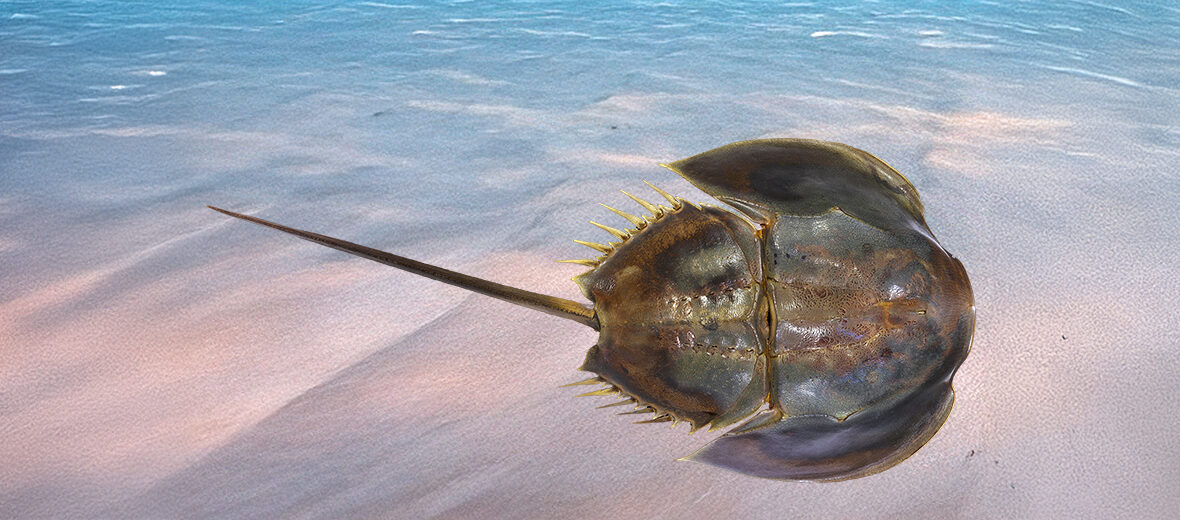
The tri-spine horseshoe crab, aka Chinese horseshoe crab or Japanese horseshoe crab, hails from southeast Asia and Indonesia. These incredible critters face the threats of overfishing; over harvesting, for their meat and primarily for their blood; ecosystem modifications; water pollution; microplastics pollution; and climate change, that can cause severe storms and raise water temperatures. The IUCN lists these critters as Endangered. Their population trend is also listed as decreasing.
First the Stats…
Scientific name: Tachypleus tridentatus
Weight: Up to 8.8 lbs.
Length: Up to 31.3 inches
Lifespan: Up to 30 years
Now on to the Facts!
1.) These crabs are found in both salt and brackish (partially salty) water.
2.) Like all horseshoe crabs, the carapace of these critters is comprised of a larger frontal segment (the prosoma) and a smaller, spine-edged rear segment (the opisthosoma).
3.) The tri-spine horseshoe crab is the largest known horseshoe crab species.
4.) Contrary to popular belief, their telson (tail), aka spike, is not loaded with venom and is not used as a defense mechanism, but rather to right itself when flipped upside down.
5.) They feed on molluscs, worms, other benthic invertebrates, and algae.
But wait, there’s more on the tri-spine horseshoe crab!
6.) Females lay several clusters of eggs that can reach a total clutch of up to 100,000 each season.
7.) Upon hatching, the larvae stay in the nest over winter, feeding on the yolks of their eggs for several months, and staying in this nursery area during the next spring and into summer.
Did you know…?
Horseshoe crabs are not really crabs at all, but are more closely related to spiders and scorpions, and may actually be arachnids themselves.
8.) Adults move offshore during the winter, hibernating buried in the seabed at depths of up to 66 feet, coming inshore again when the water temperatures warm up the following year.
9.) As a poikilotherm (an animal who’s internal temperature varies greatly), this horseshoe crab is greatly affected by rising seawater temperatures, reacting by burying themselves deep in the sediment and sometimes even going into diapause (a period of suspended development).
10.) Populations have been declining for decades, and this species was granted protection in Japan in 1928.
Now a Short Tri-Spine Horseshoe Crab Video!
Be sure to share & comment below! Also, check out the Critter Science YouTube channel. Videos added regularly!

Want to suggest a critter for me to write about? Let me know here.
Some source material acquired from: Wikipedia & IUCN
Photo credit: Didier Descouens



